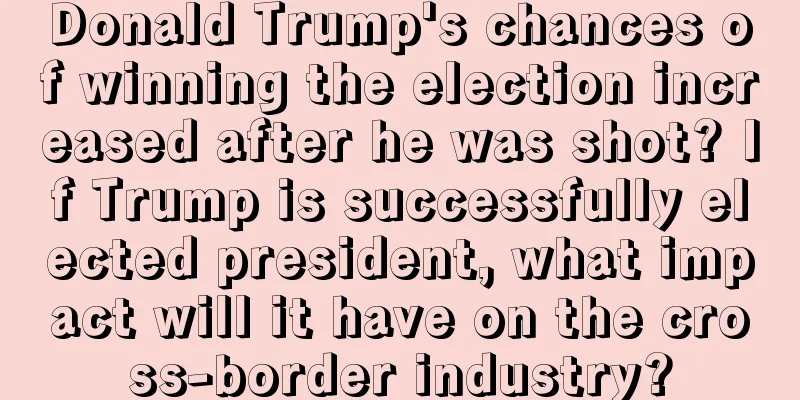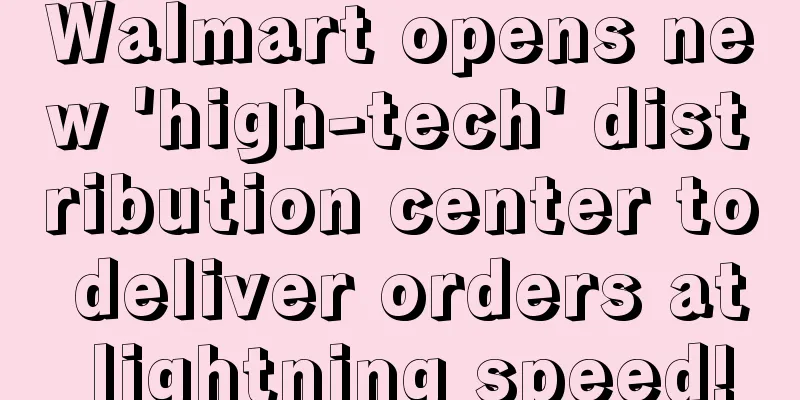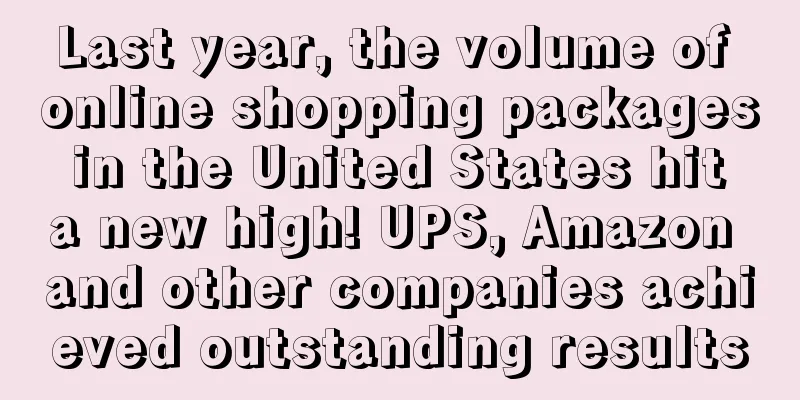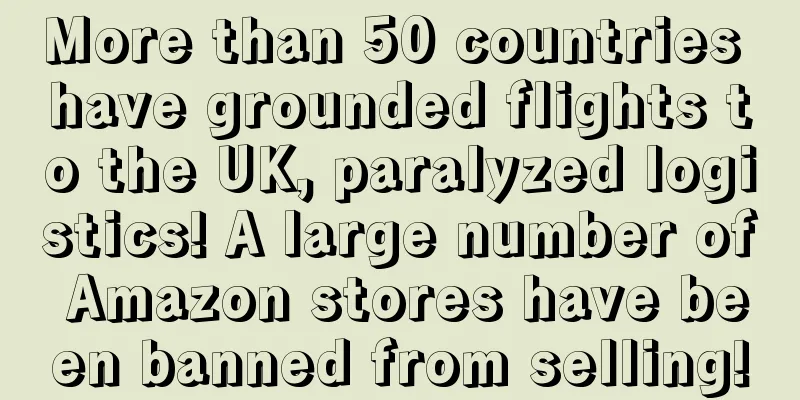[Breaking news] FBA delivery restrictions have changed! The quantity that can be shipped is even smaller?
![[Breaking news] FBA delivery restrictions have changed! The quantity that can be shipped is even smaller?](/upload/images/67e705619b168.webp)
|
Amazon announced a big news today. The ASIN-level shipping restrictions that were originally implemented in July last year have been cancelled! Now they are replaced with a new one that limits the shipping quantity based on the storage type of the product! The change will be officially implemented on April 22, which is the same as the announcement. If sellers want to know the specific value of their delivery quantity limit, they can check it on the inventory performance page. Simply put, it is to classify the goods according to their size, and there are certain shipping quantity limits for each. For example, standard products can be shipped xxxx pieces, oversized products can be shipped xxxx pieces, etc. This classification method is similar to storage restrictions. Amazon said that the calculation method for the limit quantity is to calculate the total inventory quantity allowed for the store based on the overall sales of the store , and then subtract the seller's existing inventory quantity to get the maximum quantity that can be shipped. Please note that the total inventory limit calculated by this algorithm is not the same as the IPI storage limit. Even if your IPI performance exceeds 450 points and you can enjoy unlimited inventory, you still have to comply with the maximum inventory number calculated by the shipping limit algorithm. The example in the picture above is this situation. The storage limit is unlimited, but the delivery limit above still has a maximum total inventory of 4,630 pieces. This number minus the number of used inventory pieces is the maximum number that can be shipped. This new change completely removes the previous ASIN-based restrictions. In the past, it was often the case that new products had low sales but could be shipped in large quantities, while old products sold well but only a small amount of inventory could be shipped. Now that the ASIN-level restrictions have been removed, all products in the store share a total inventory level, and sellers can freely choose which products to ship inventory to. At first glance, it is indeed a relatively good change, and the above situation will not occur. However, many sellers have reported that the quantity they can ship has decreased a lot after the change! The original ASIN limit allowed for 2,000 products to be shipped, but after implementing the new policy, the entire store can only ship 29 more products. There are even sellers who originally had a lot of inventory, but there was some backlog. If it was still under the previous ASIN level restrictions, they could ignore the large inventory of hard-to-sell products and sell and replenish the hot-selling products. However, after updating the delivery restrictions, it directly shows that the maximum available inventory has been exceeded. Many of the hard-to-sell items cannot be cleared out, and the hot-selling products cannot be replenished. At present, if the inventory turnover is good and there is not much inventory of slow-selling products, this new change is still very beneficial. However, if there is a lot of slow-selling inventory, the above situation may occur, the quota will be full all of a sudden, and best-selling products cannot be shipped. However, the number of posts that could be sent before the update has decreased after the update. It is mostly because there is a problem with the calculation method of the restriction algorithm. Many sellers have reflected this in the background and forum. Amazon may make some fine-tuning in the future. I will notify everyone in our group as soon as there is new news . During this special period , you must get the latest news quickly and accurately. Students who are not in our communication group yet, hurry up and scan the code to find me to add you to the group ! I have also prepared a detailed version of the shipping restrictions interpretation document for everyone, which contains more specific data and some key points. |
<<: European VAT tax reform changes! Amazon sellers will be taxed across the board
>>: Amazon's inventory dropped sharply, how to improve IPI!
Recommend
What is Pixmania? Pixmania Review
Pixmania is the first cheap electronics store in E...
What is FP? FP Evaluation
FP is the pinyin abbreviation for counterfeit prod...
A nightmare for workers, the price of air shipments to Europe and the United States has risen sharply!
Good afternoon, fellow workers . I checked my frie...
U.S. e-commerce sales increased 7.5% year-on-year in Q3, and its share of total retail sales continued to rise
It is learned that recently, according to foreign ...
What is Tictail? Tictail Review
Tictail is an online e-commerce store platform fou...
Lay off all employees, another cross-border giant officially announces closure
In recent years, foreign trade factories have fac...
How can Amazon sellers use Amazon Live to promote products and increase traffic 5 times?
You may have noticed that when you're scrolli...
What is Tiu.ru? Tiu.ru Review
Tiu.ru was founded in 2008 and is one of the large...
Crack down on counterfeit products! CBP seizes 86 Chinese championship rings!
<span data-shimo-docs="[[20,"获悉,据外媒报道,近日在芝...
Amazon and Affirm expand partnership! Affirm will embed Amazon Pay as a payment option!
It is learned that US payment giant Affirm announc...
Eight dimensions for selecting the right products on Amazon
The reason why many sellers fail to promote their...
What is a pesticide product incident? Pesticide product incident evaluation
In April 2019, a large number of sellers' list...
Google launches a series of new features to help online sellers expand their business!
<span data-shimo-docs="[[20,"获悉,近日谷歌推出了一些新...
How to prevent traffic loss during peak season? Methods used by Amazon sellers!
text The peak season of Member Day is here. Are yo...
How to delete negative feedback on Amazon? These 3 tips will help you avoid negative feedback
For sellers who want to make their products or se...









